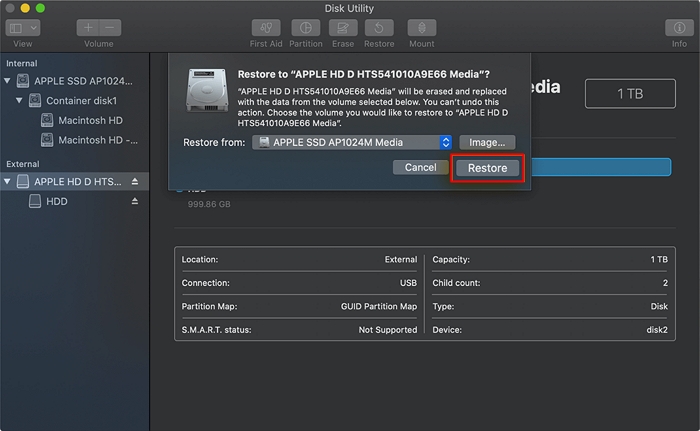


A file copy, on the other hand, copiesĭata file by file, and while the file data remains the same, the

The results are almost anĮxact copy of the original. What it means is that a block copy copies everything in aĭata block from one device to the other. Mean to imply that useful data may get left behind, because that's not It also makes an almostĮxact copy of the source device. The Restore function in Disk Utility makes use of a block copyįunction that can speed up the copy process. Some background on the different between Restoring vs copy and pasting: We will be using Disk Utility's restore function. If you would like to copy drive A to drive B exactly you can do this with Disk Utility. Both are reasonable choices but offer differing syntax. Take care with the trailing slashes these can make a world of difference if your copy starts with a folder.Īlternative tools include ditto and cp. There are numerous guides for getting the most from rsync, rsync command examples provides relevant examples. Rsync is likely the best choice because it can be rerun in case of problems, offers detailed logging, and is as fast as can be while remaining safe. This also allows rsync to write the files to the new drive recreating the original owner information. Sudo, is used to ensure rsync has appropriate rights to access and read all files on your drive regardless of owner. -progress shows progress during the copy.E copies extended attributes and resource forks (OS X only).a applies archive settings to mirror the source files exactly, including symbolic links and permissions.Your final command will be fairly simple: sudo rsync -vaE -progress /Volumes/SourceName /Volumes/DestinationName You can prepare the command and perform a dry-run before committing to the copy add -dry-run to simulate the copy. Remote sync, rsync, is a reliable choice for copying large amounts of data.


 0 kommentar(er)
0 kommentar(er)
